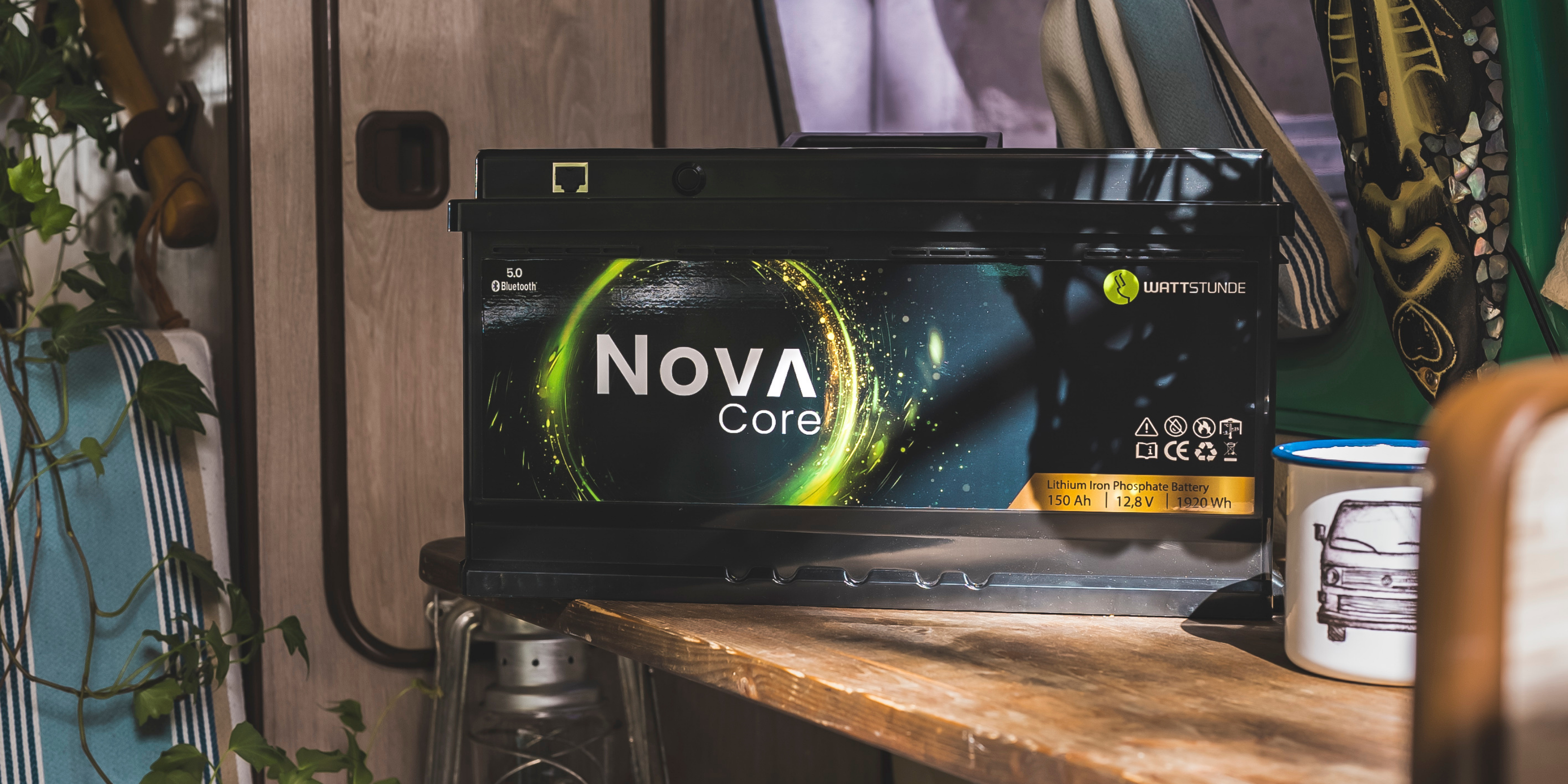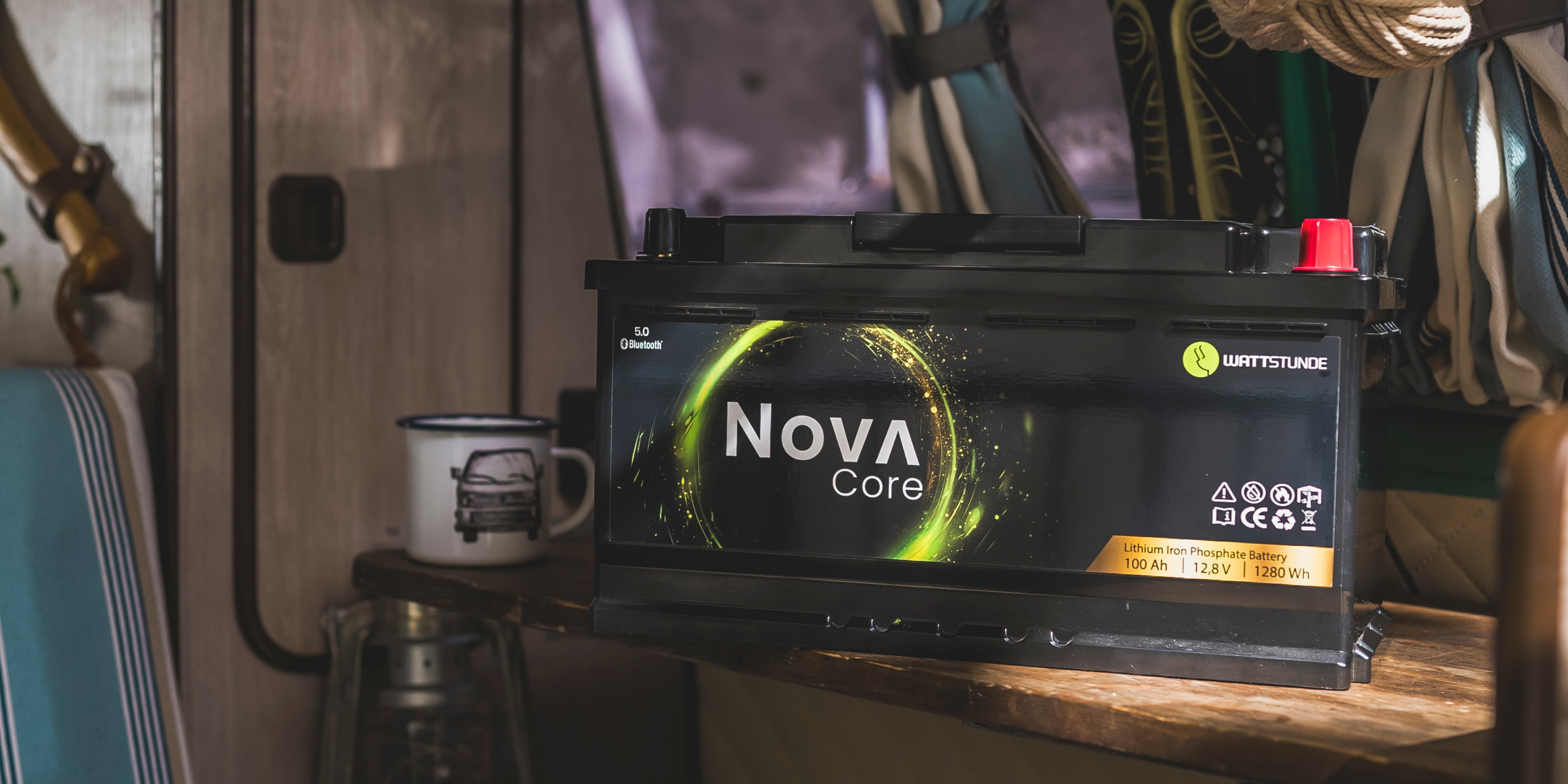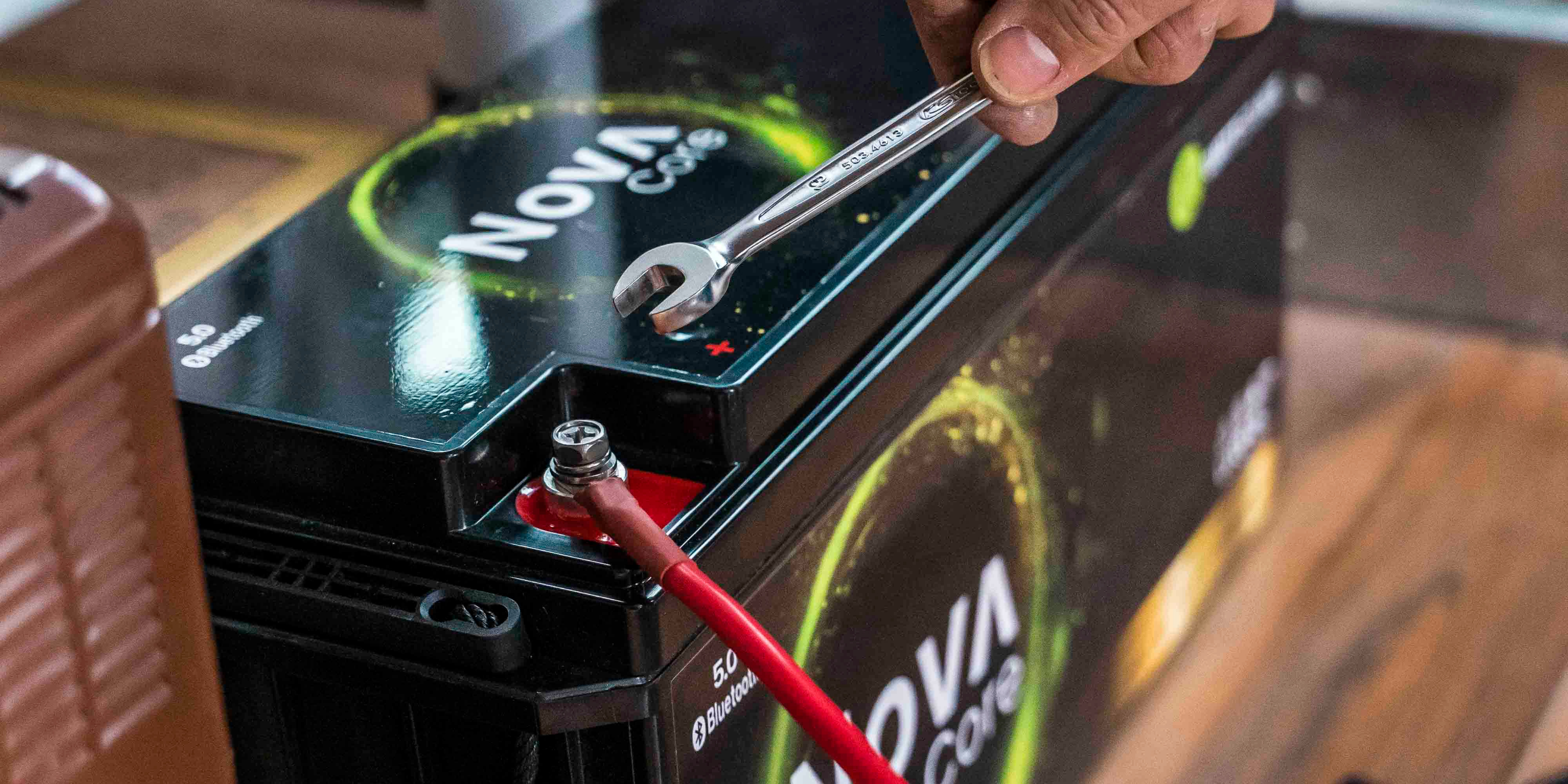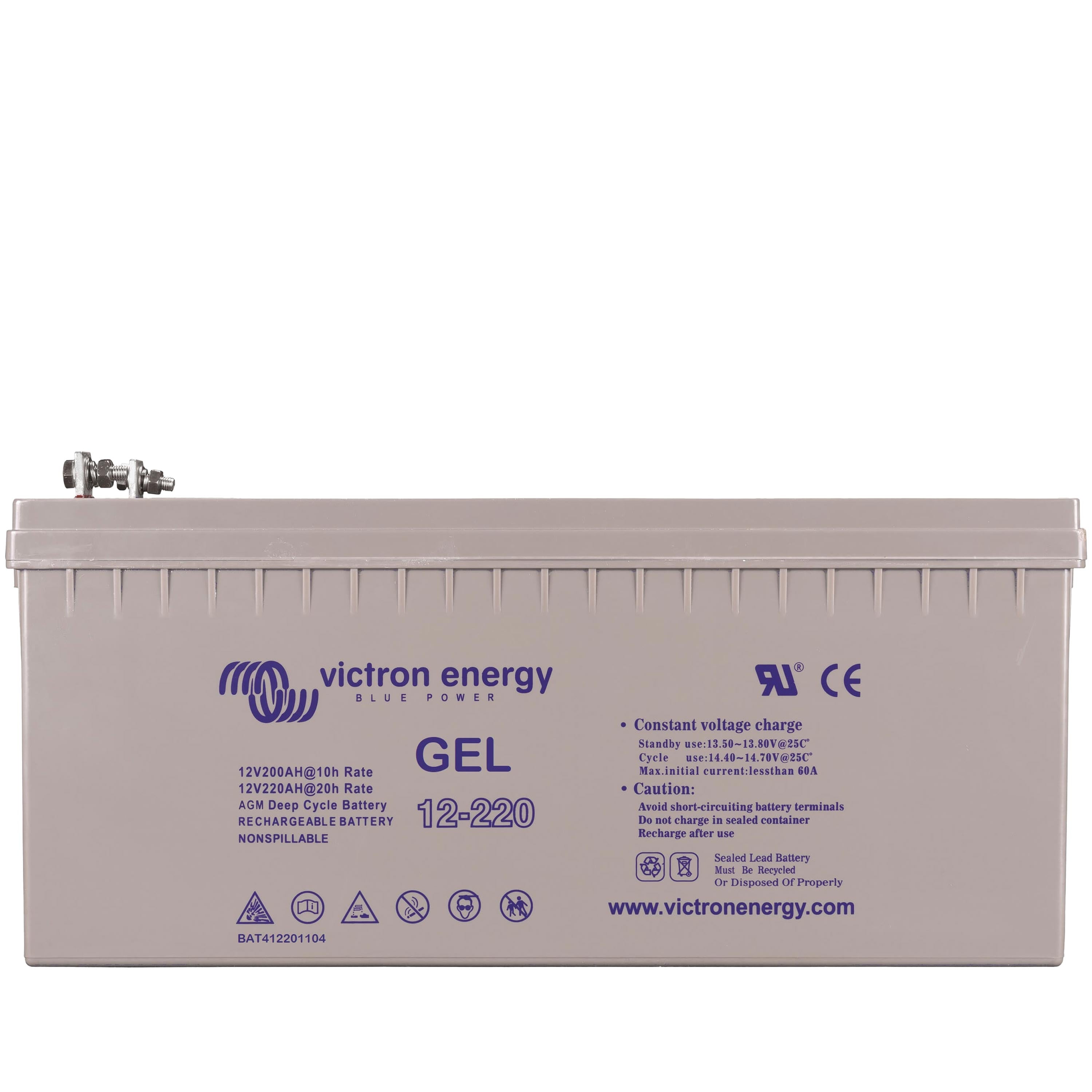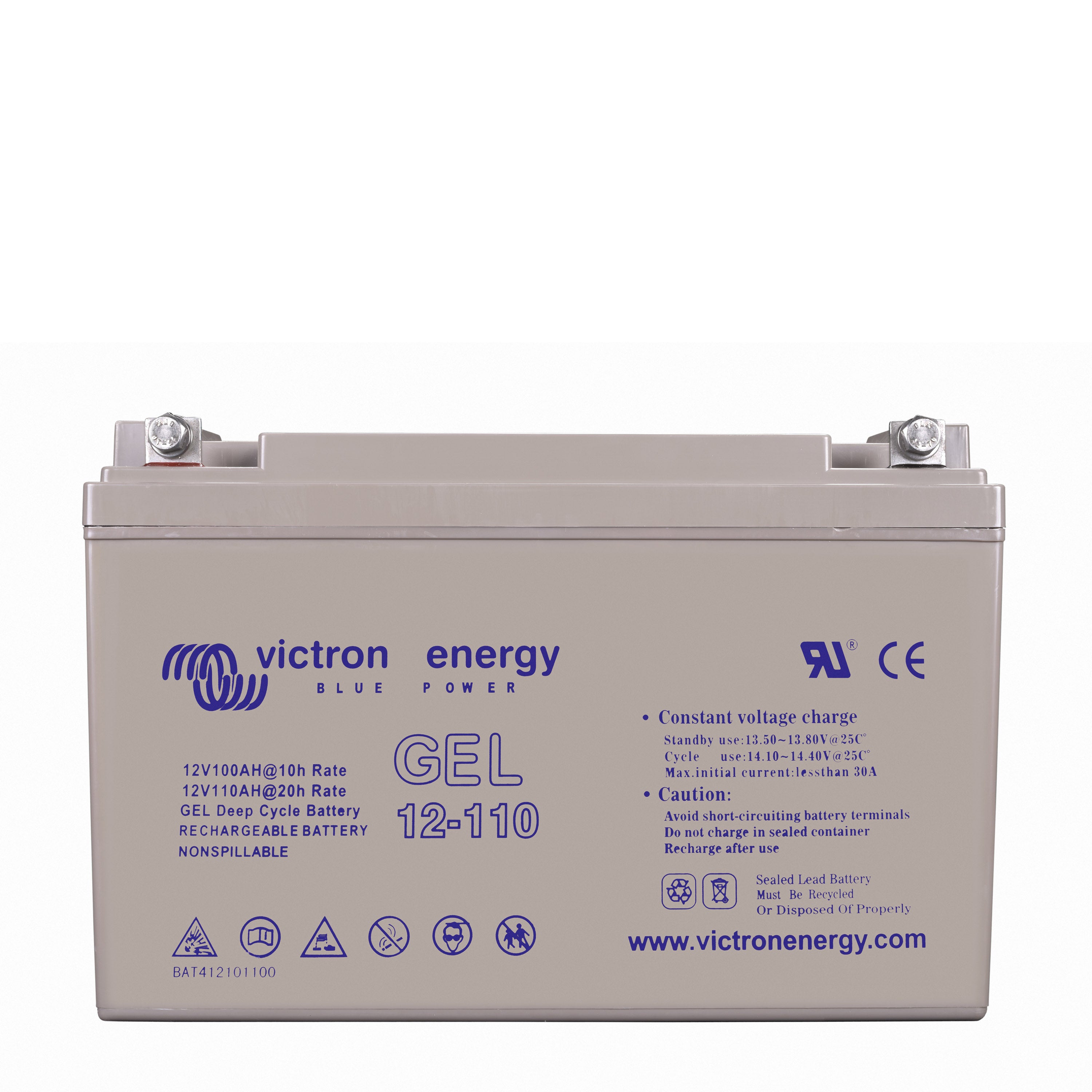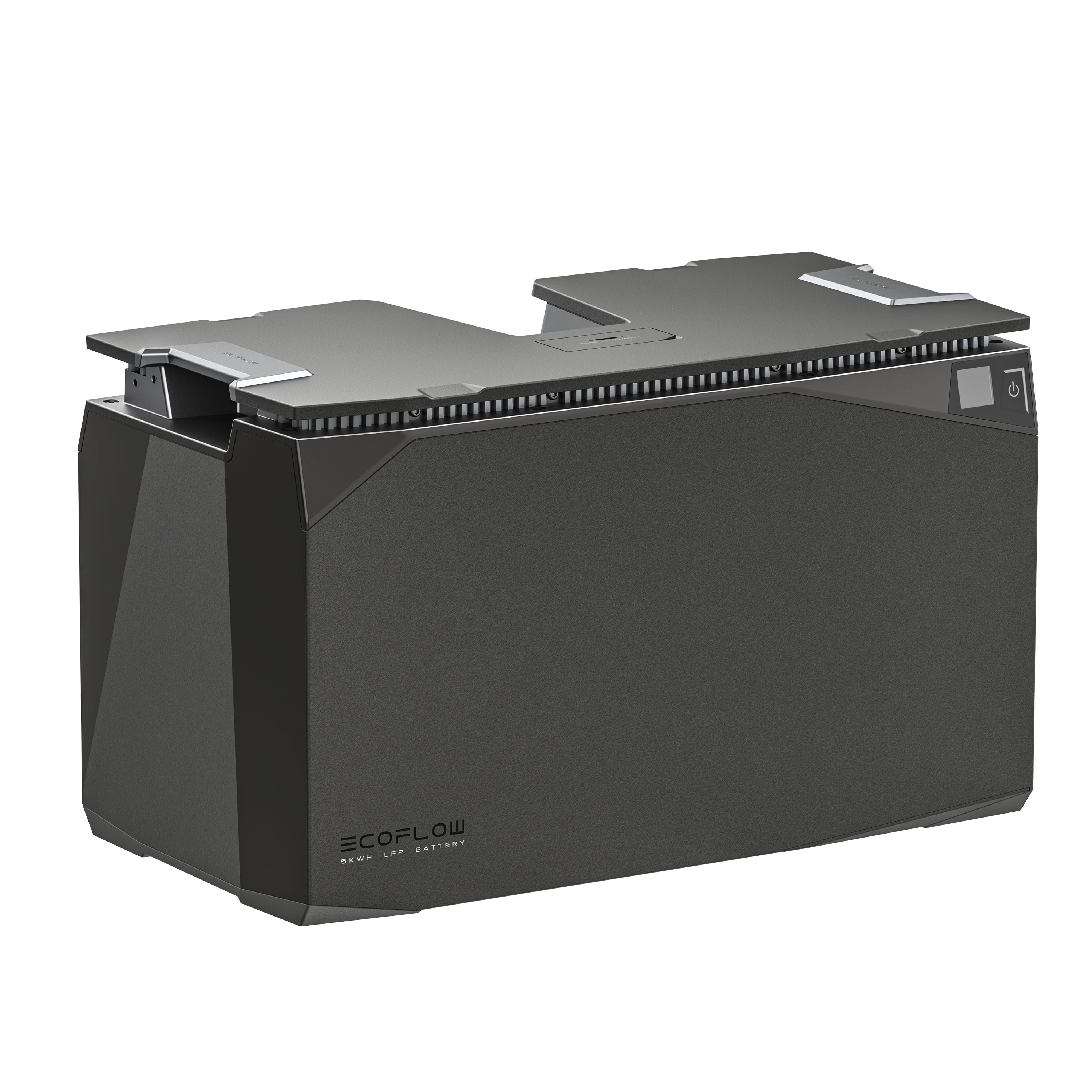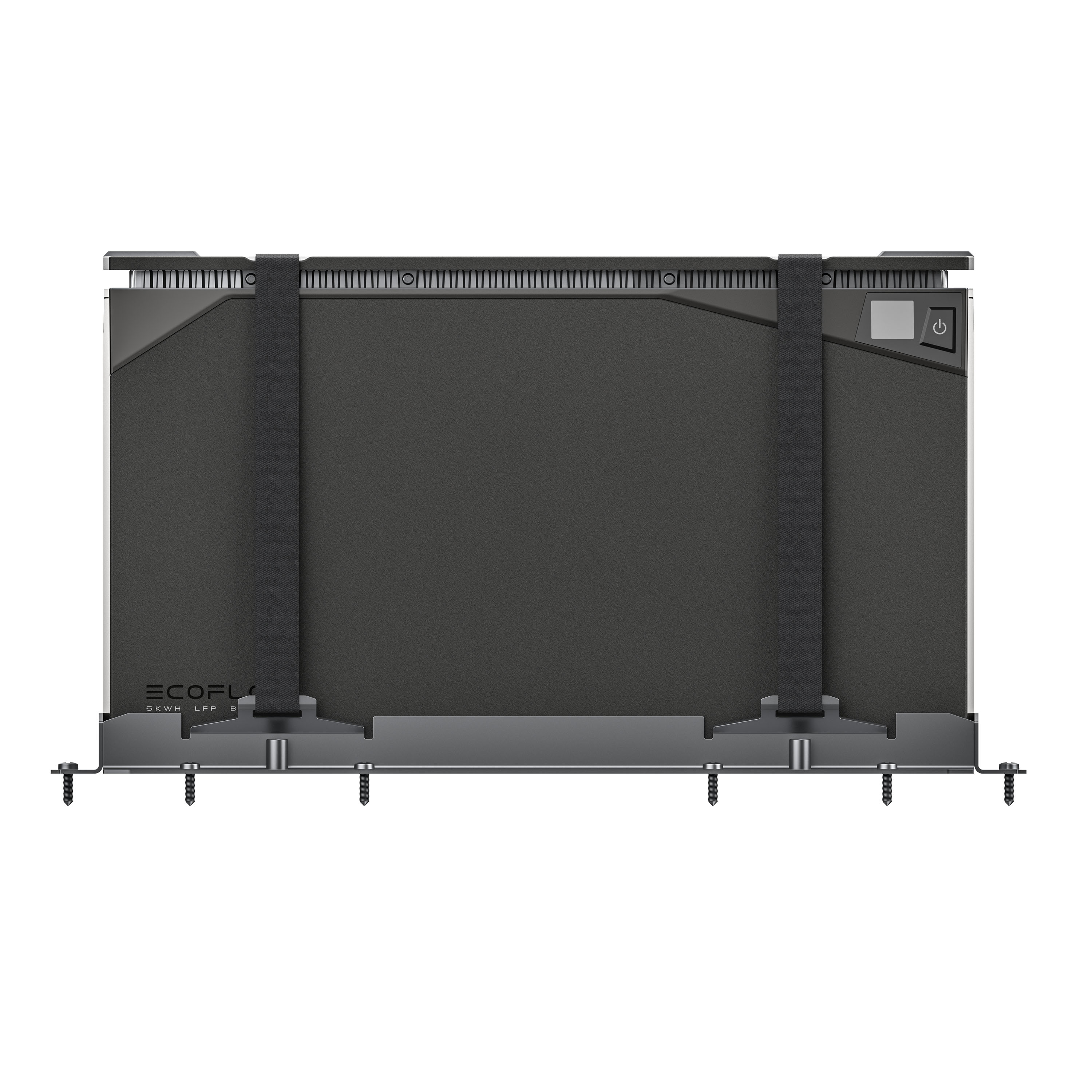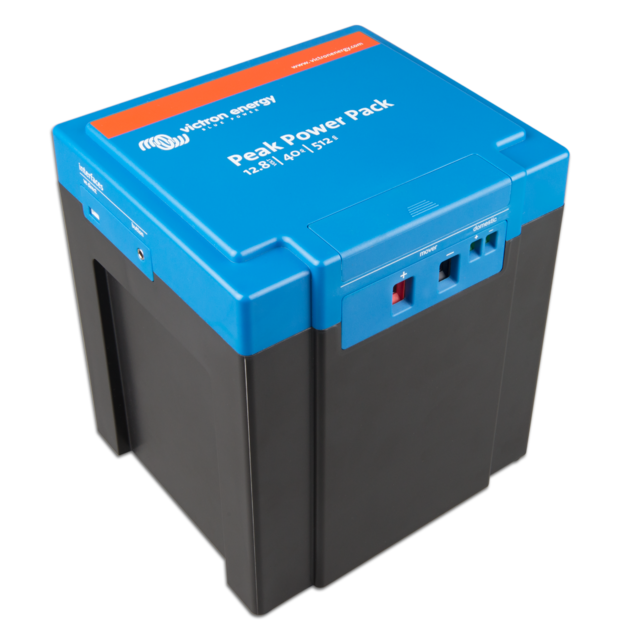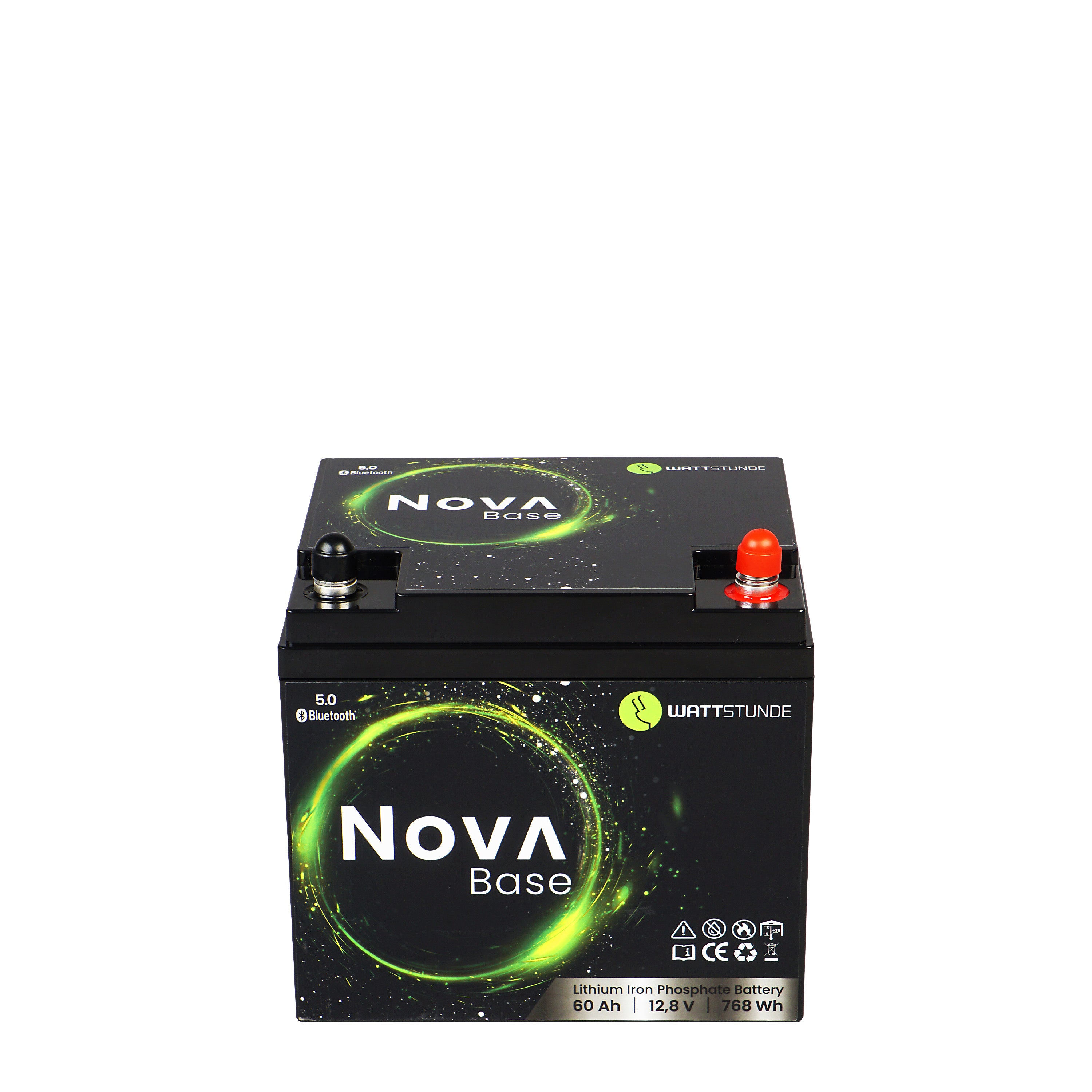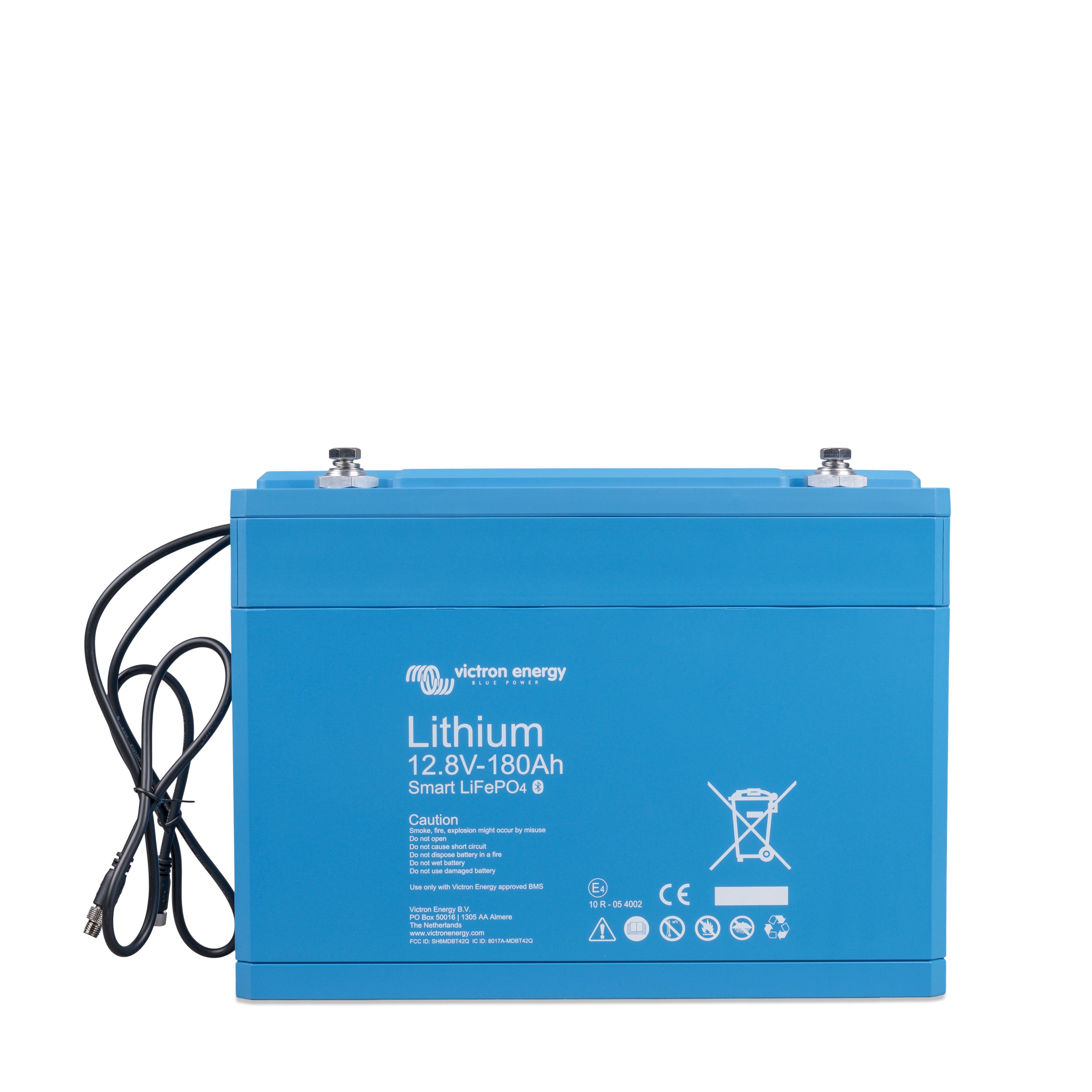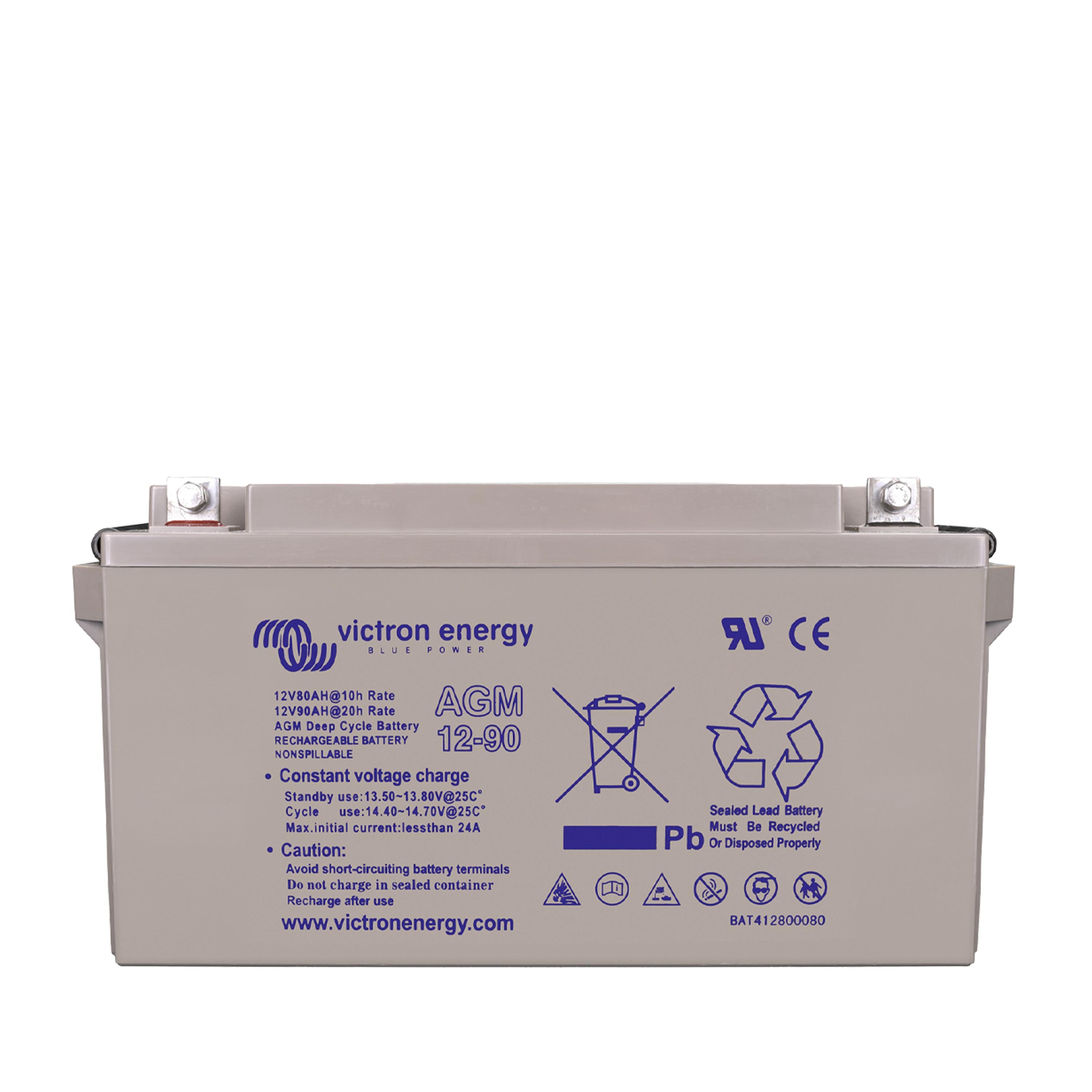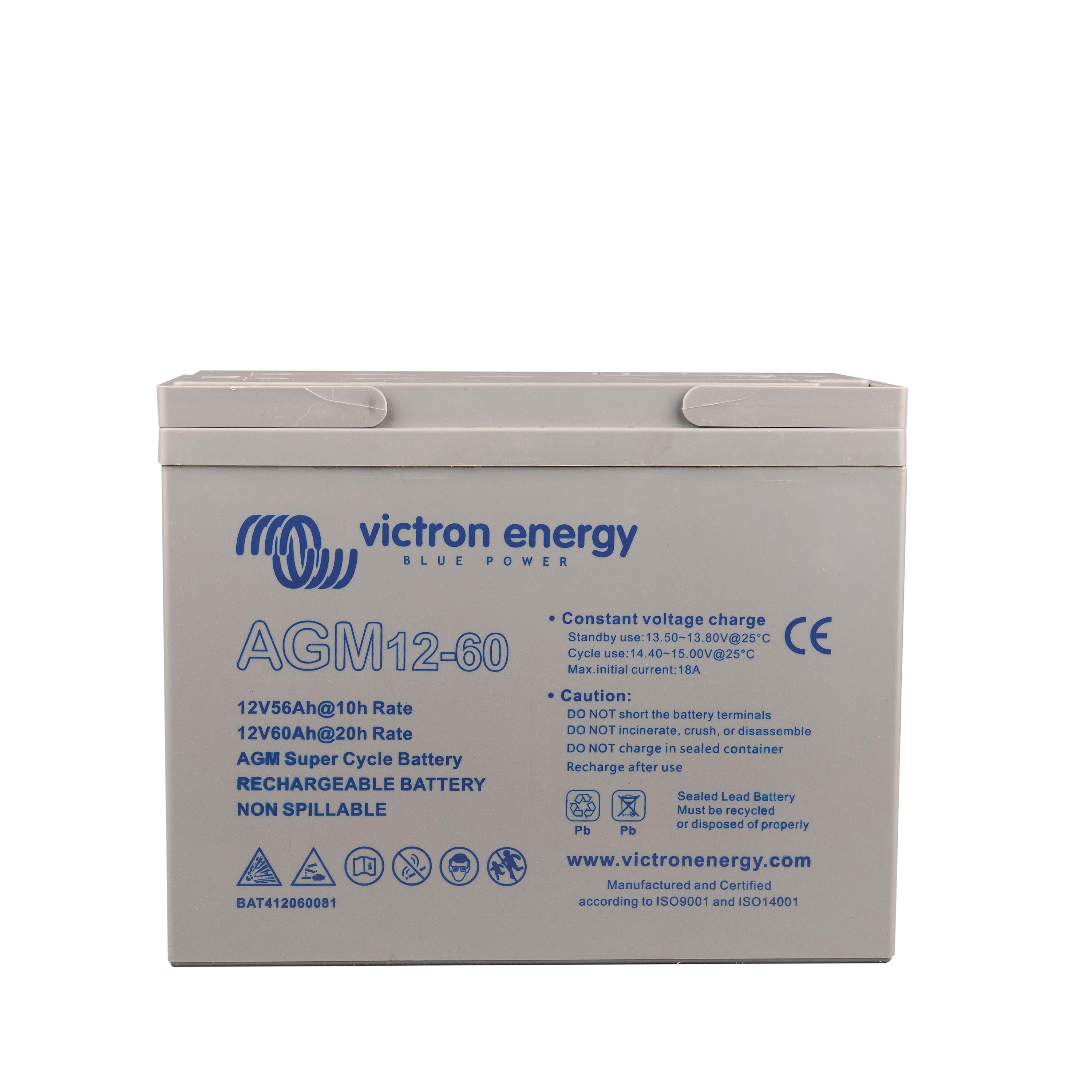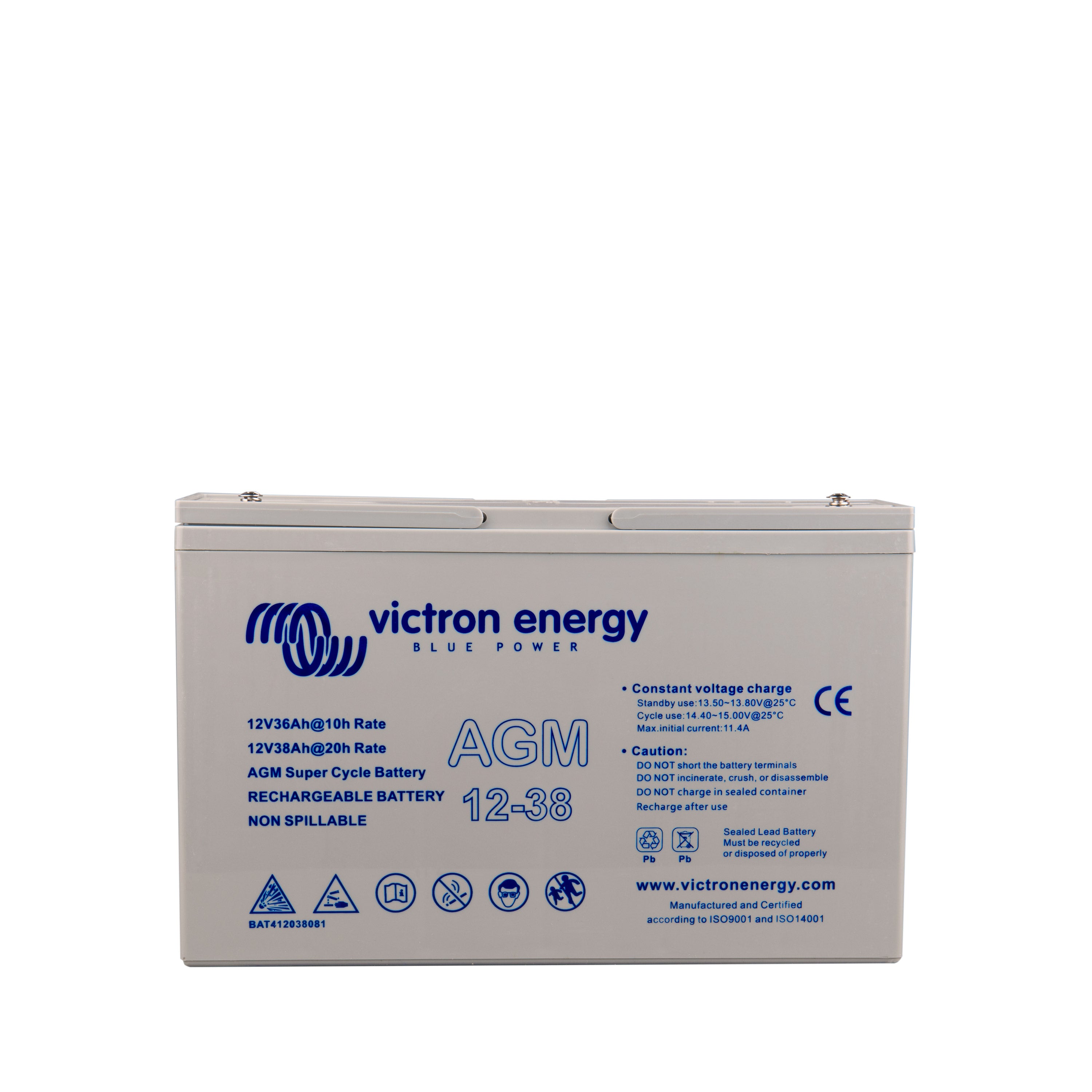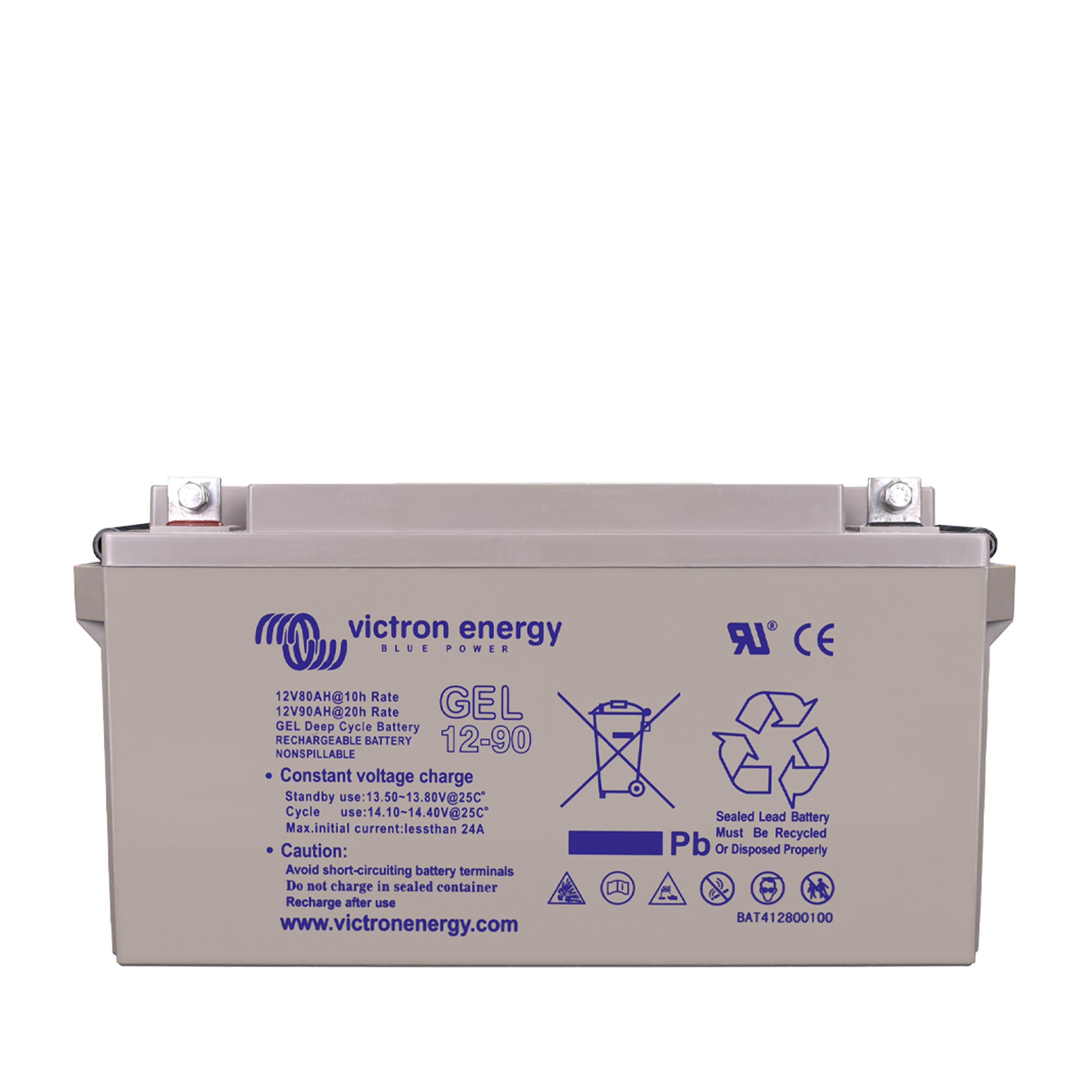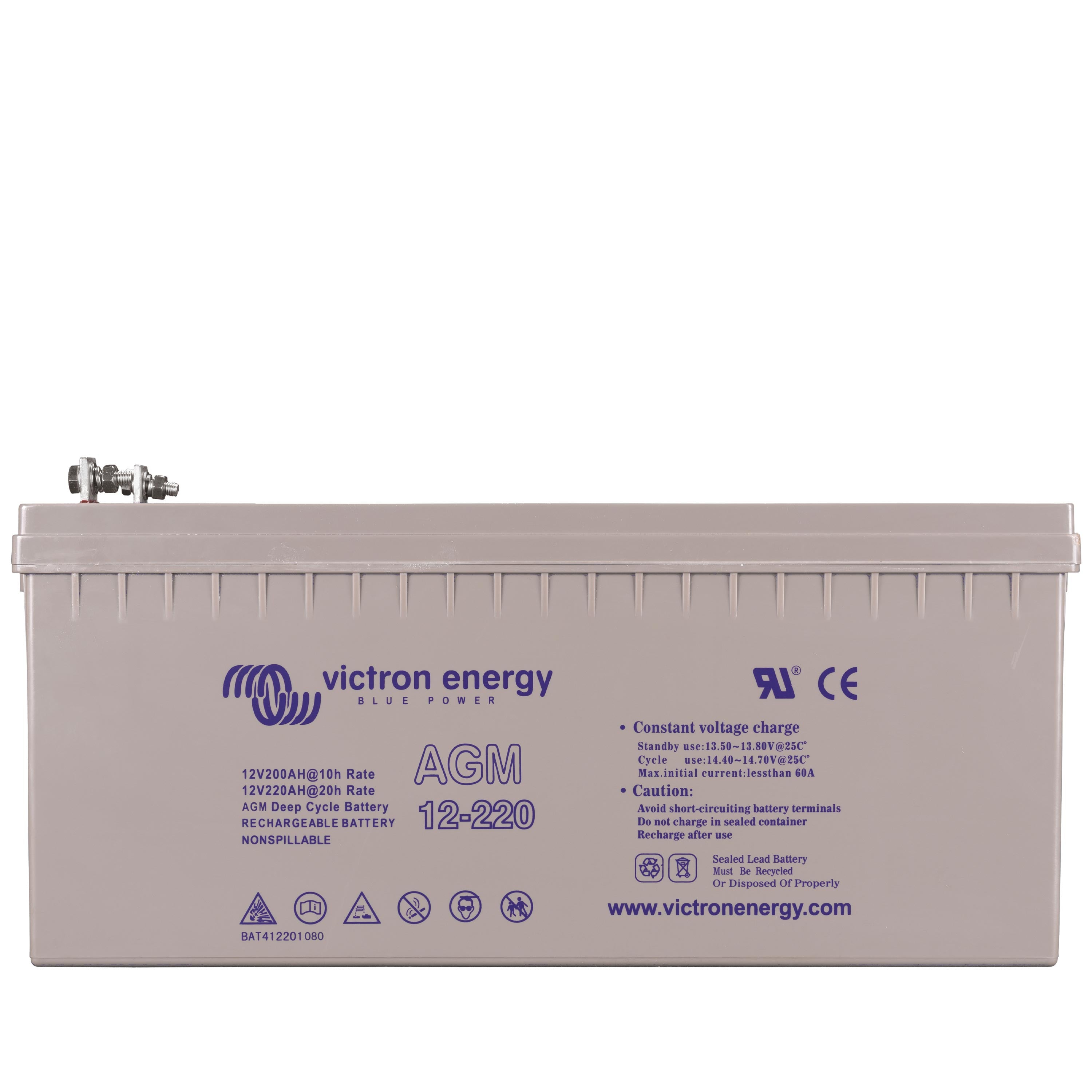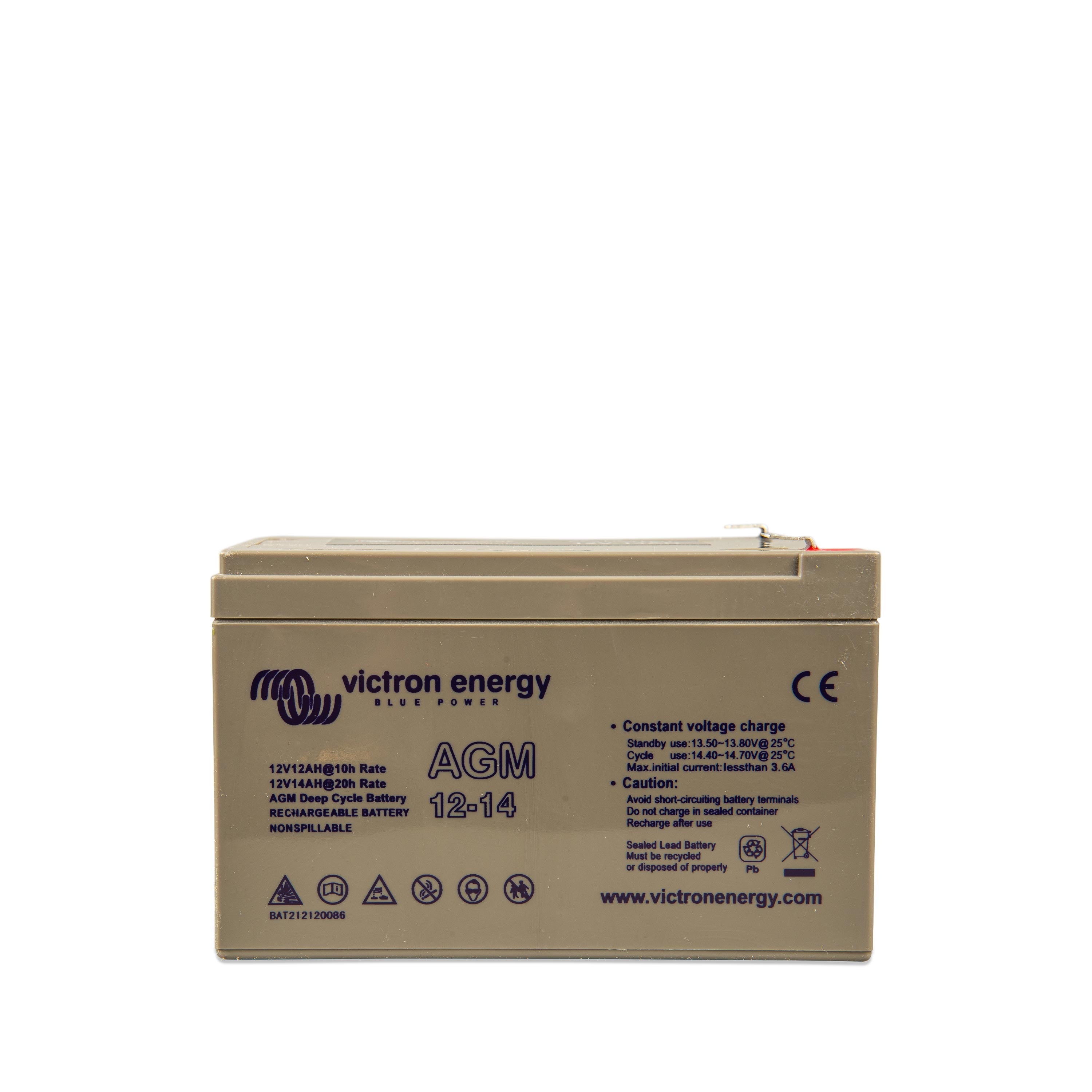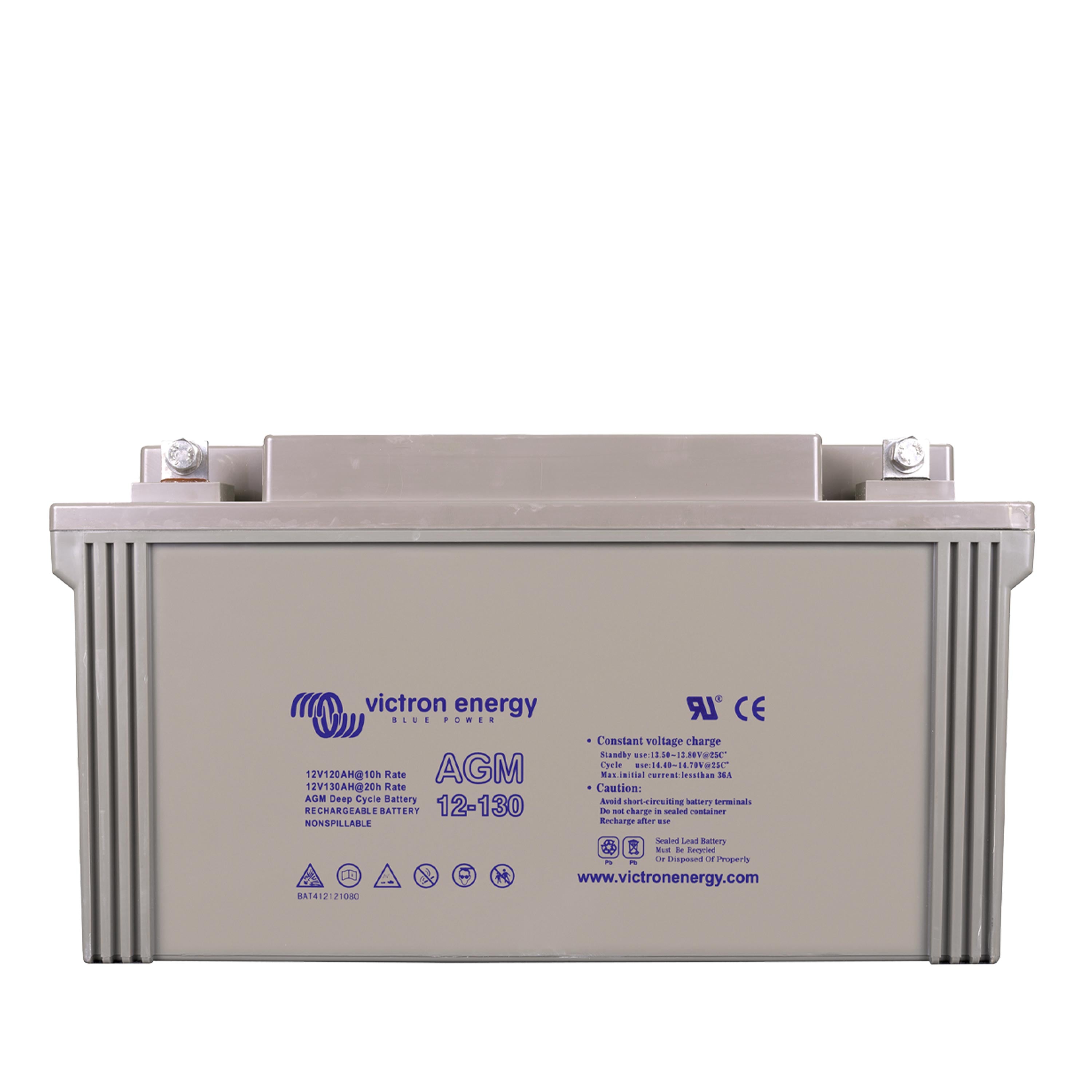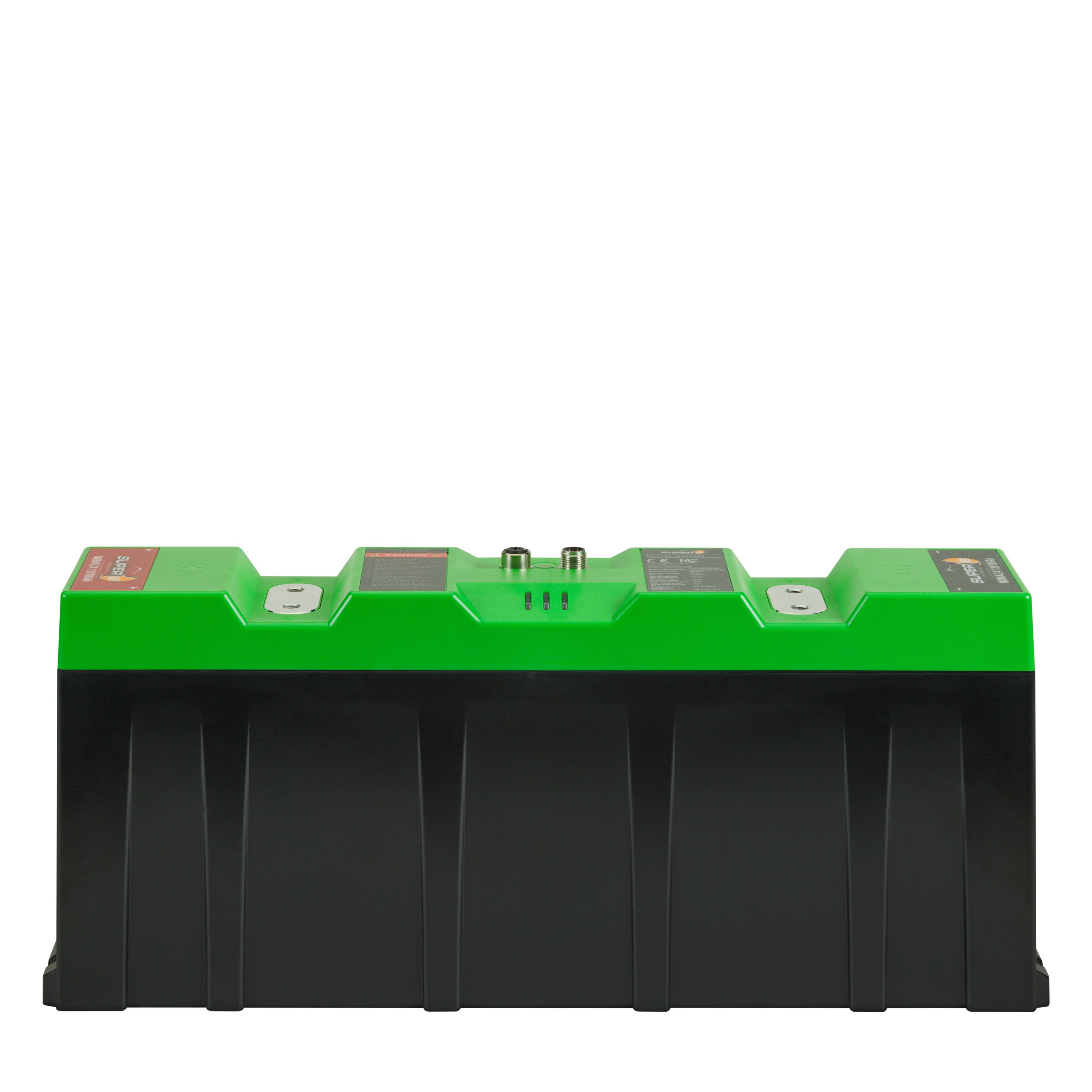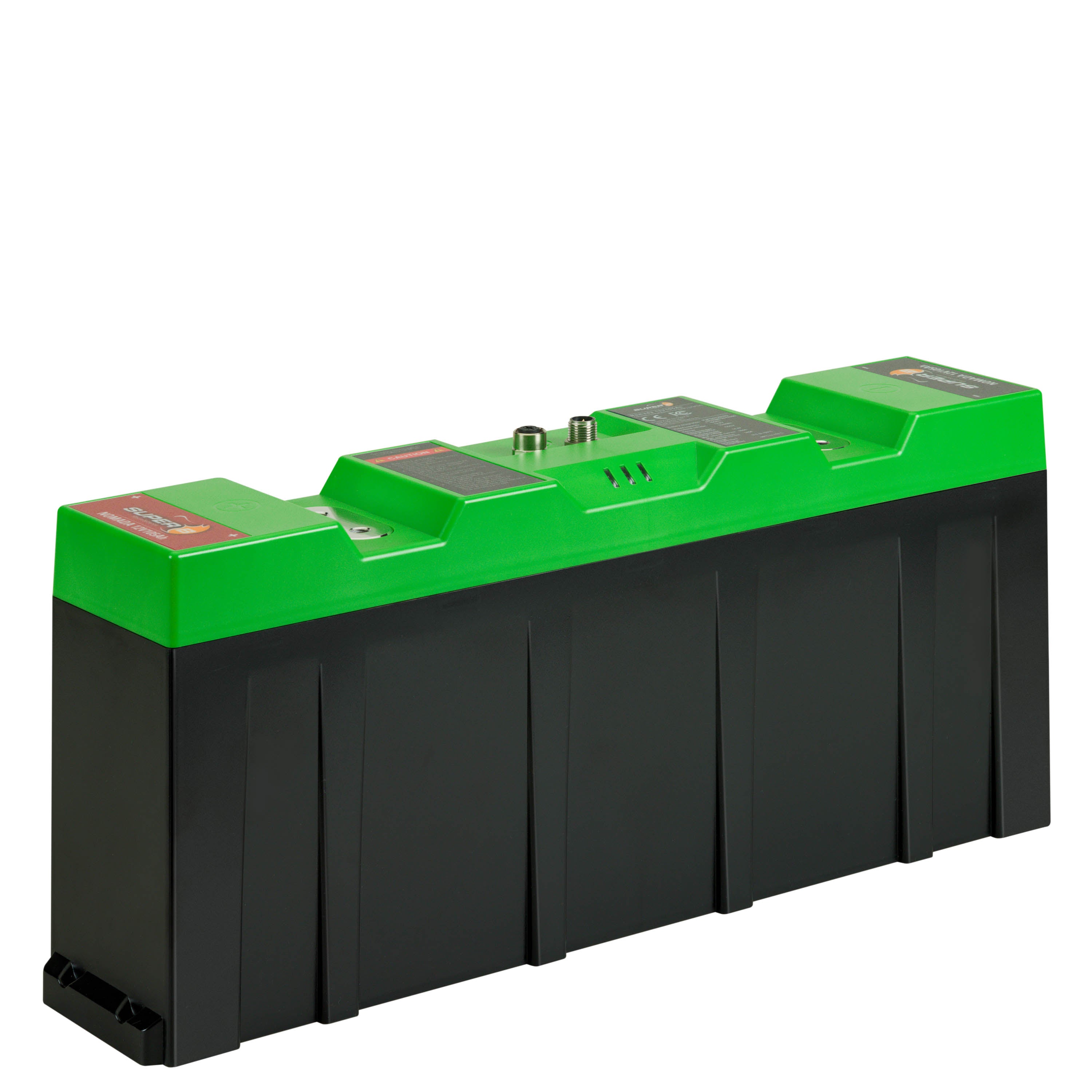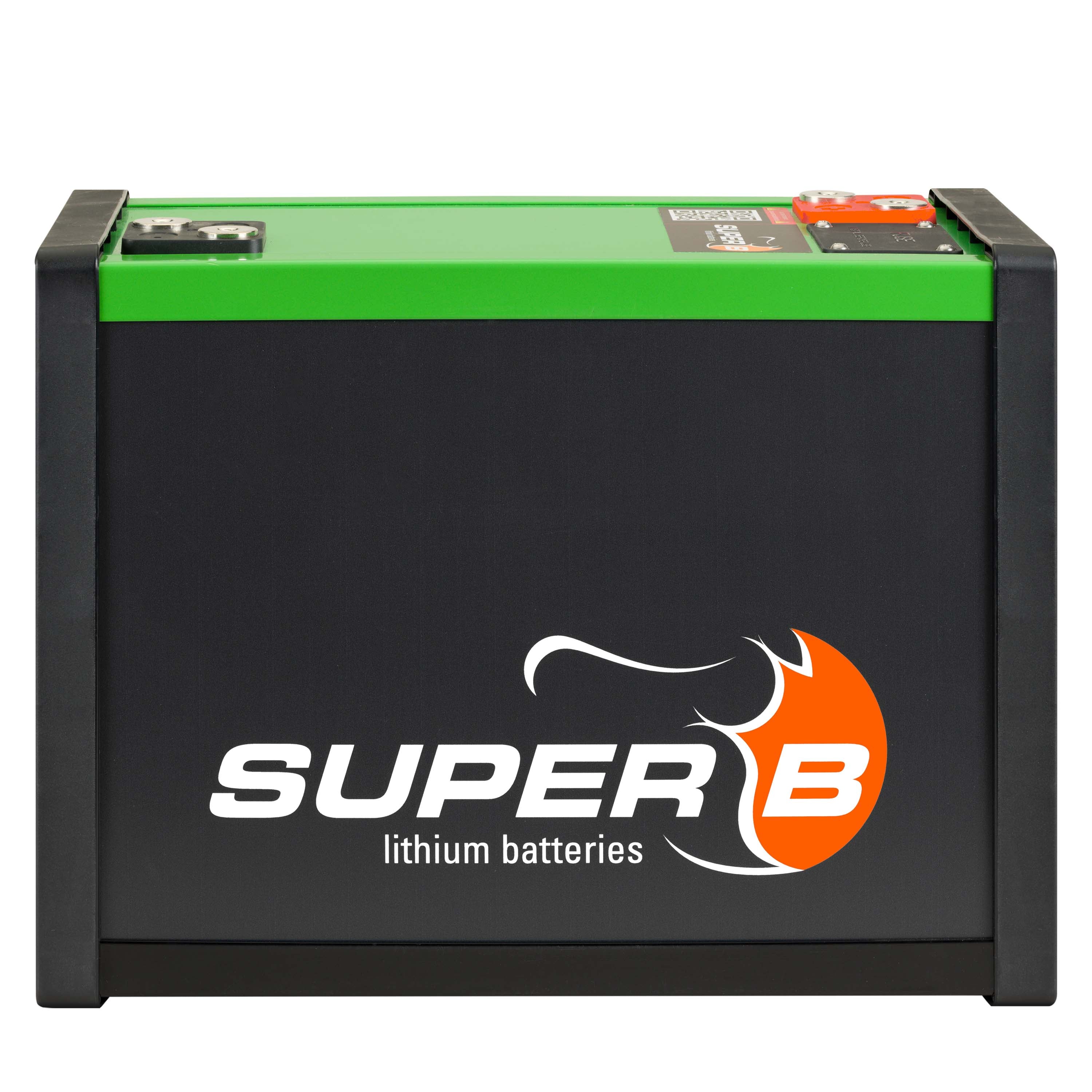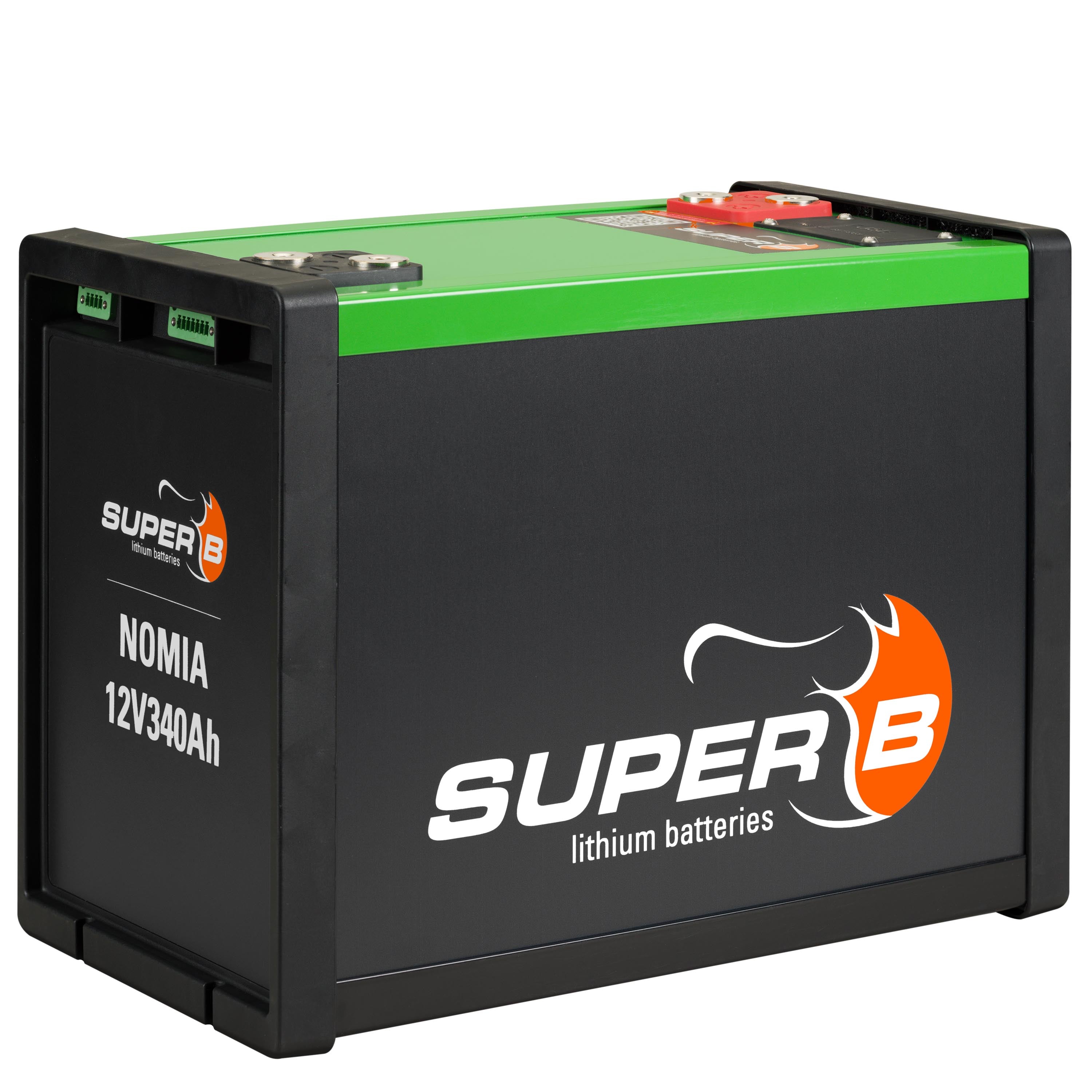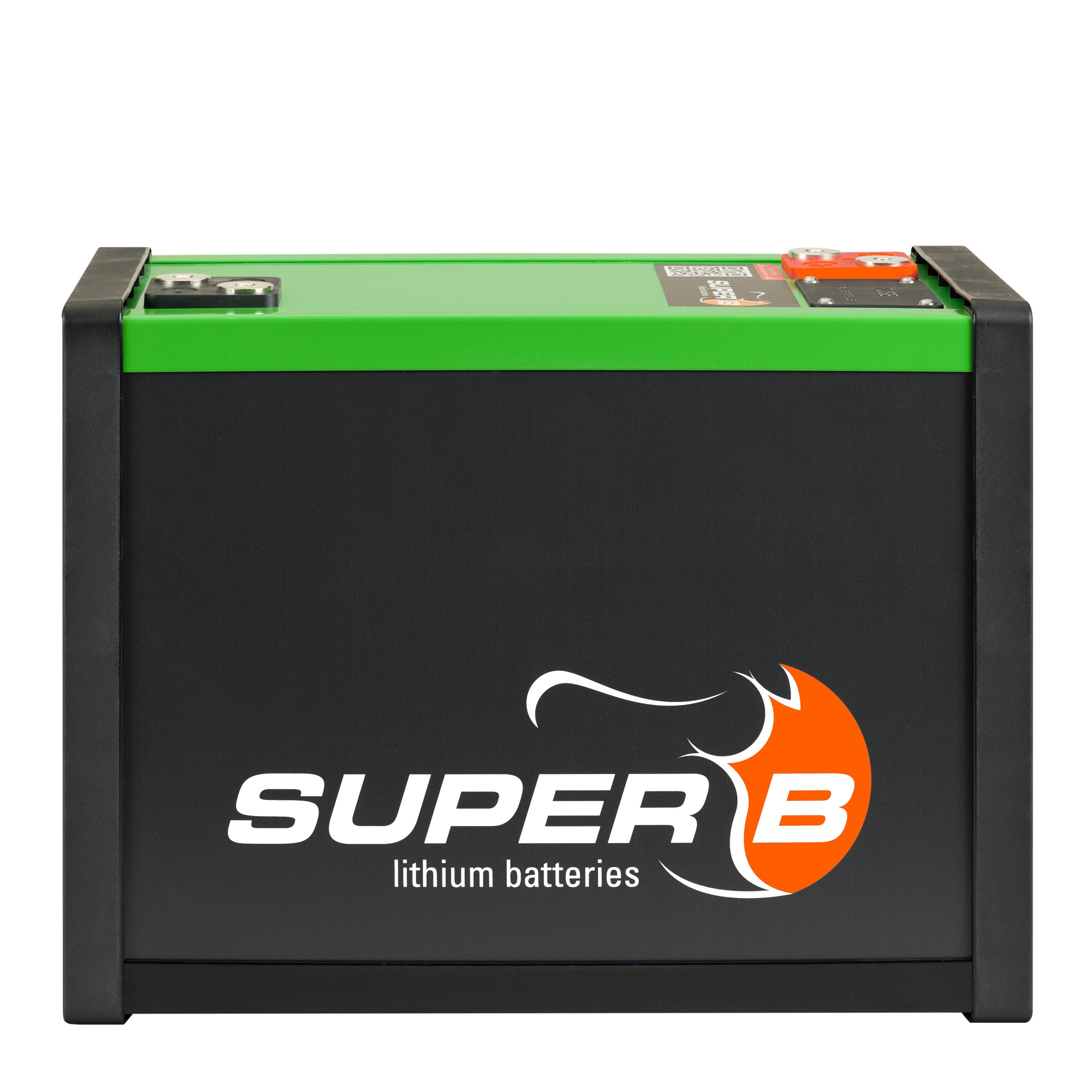FAQ – 7 frequently asked questions about batteries for solar systems
In these FAQs you will find answers to frequently asked questions about batteries for solar storage .
Find out which battery types are suitable for your solar system, how to choose the right capacity, and what to consider during installation, maintenance, and service life.
Whether LiFePO4, AGM, or gel batteries – here you will find the most important information to plan your energy supply safely, efficiently, and for the long term.
How do I find the right battery capacity for my solar system?
Calculate your average daily energy consumption and multiply it by a safety factor of 1.2. This ensures your battery has sufficient reserves even in low sunlight.
What advantages do LiFePO4 batteries offer over AGM or Gel?
LiFePO4 batteries (lithium iron phosphate) are lighter, more efficient, and have a significantly longer lifespan. They deliver consistent power, are deep-discharge resistant, and virtually maintenance-free—ideal for mobile and stationary solar systems.
How long do lithium batteries last?
Depending on the model, up to 10 years or around 3,000 charging cycles – the NOVA Core series achieves even higher cycle numbers with stable capacity.
Can AGM and lithium batteries be combined?
No, this is not recommended. Battery types have different charging profiles and voltage characteristics, which can lead to uneven charging and a shortened lifespan.
What is a BMS (Battery Management System)?
A BMS monitors and protects lithium batteries against overcharging, deep discharge, overheating, and short circuits. The BMS is already integrated into all WATTSTUNDE NOVA batteries – for maximum safety and efficiency.
How does temperature affect battery performance?
At low temperatures, the usable capacity decreases. However, LiFePO₄ batteries are significantly more cold-resistant than conventional AGM or gel batteries. Some models even have integrated heating systems.
Can I connect multiple batteries in parallel or in series?
Yes, provided the model is designed for it. Pay attention to the manufacturer's specifications and use identical battery types and capacities to ensure safe and consistent charging.





